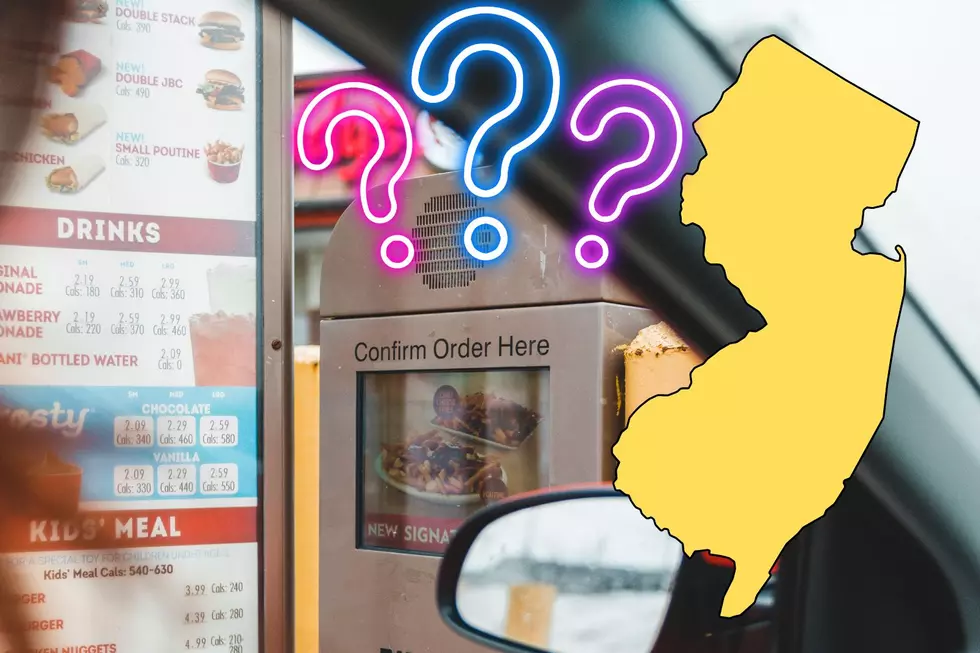
This day in history — NJ woman becomes first to drive cross country
On June 9, 1909, a New Jersey housewife, Alice Huyler Ramsey, set off on what would be a 3,800 mile trip from Manhattan to San Francisco, becoming the first woman to drive cross country. Accompanying the 22 year old were two sisters-in-law and a female friend.
The trip was part of a promotion by a car manufacturer, Maxwell-Briscoe, that wanted to show that their cars were so easy to drive, even a woman could do it.
They arrived in San Francisco on Aug. 7th. The headline in the San Francisco Chronicle read “PRETTY WOMEN MOTORISTS ARRIVE AFTER TRIP ACROSS THE CONTINENT.”
As you might expect, the trip itself was quite an adventure; according the Facebook group, “This day in New Jersey history”, Ramsey changed 11 tires, cleaned spark plugs, repaired a broken brake pedal, even slept in the car when it was stuck in the mud. Her car had to be pulled out of the mud by horses.
Of the 3,800 miles driven, only 152 of them were actually paved. She relied on a series of written guides, but they used landmarks that in some cases had changed. Ramsey came to more than one dead end and had to backtrack. Plus, there were no guides for roads west of the Mississippi. She said that she would follow telegraph poles assuming they would lead her to towns.
The traveling party went home via train. Alice settled in New Jersey with her husband and two children, but made the cross country trip at least 30 more times.
She died in 1983 and was the first woman inducted into the Automotive Hall of Fame.
The post above reflects the thoughts and observations of New Jersey 101.5 talk show host Bill Doyle. Any opinions expressed are Bill Doyle's own.
Why you shouldn't visit the Jersey Shore this summer
NJ's most and least COVID vaccinated towns, by county
More From New Jersey 101.5 FM









